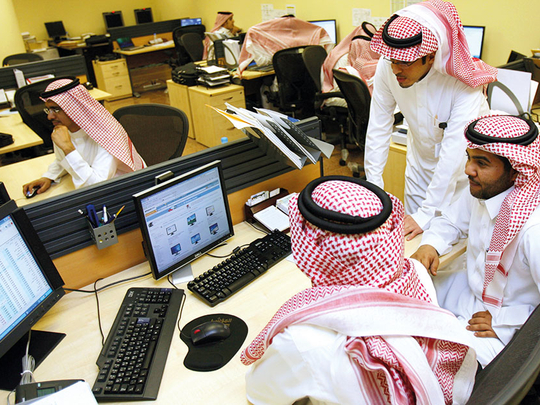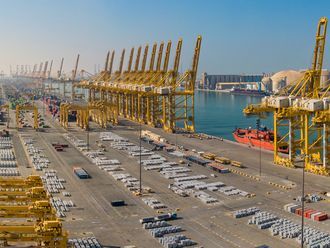
Dubai: In anticipation of a pickup in yield curve, which is at historically low levels due to rising interest rates, investors in the region are piling into shorter duration bonds to derive extra returns.
The spread between two- and 10-year Treasury note yields to less than half a per cent for the first time since 2007, indicating a flatter yield curve. But the curve is expected to move up as Fed continues to raise short-term policy rates, with two additional quarter-point rate hikes by year-end.
“Clients are starting to build positions in shorter duration bonds locally to decrease volatility in their portfolio. We are witnessing better inflows this year compared to negative flows last year. They are doing this in anticipation of a move higher in the yield curve,” said a fixed income portfolio manager based in Dubai, who wished not to be named due to company policy.
DAMAC Properties was offering 4.66 per cent for a 2019 paper, while Noor Bank was offering 4.56 per cent for 2023 paper, which has triggered interest among the investors which were burnt after investing in longer duration paper.
“In an environment of rising interest rates, the risk of capital losses is lower for the bonds with shorter duration. I would still invest in a 30 year bond but would avoid the 5-10 year maturity at this point,” Anita Yadav, senior director at Emirates NBD told Gulf News.
“In terms of geographies, I like GCC bonds. They have become substantially cheaper in the recent past and offer good value compared to their other emerging market counterparts. Rising oil prices will likely boost economic growth in the region and that should also support GCC bond prices in the future,” Yadav said.
Average yield on Barclays GCC bond index has risen more than 90 basis points (bps) this year to 4.64 per cent now from 3.73 per cent at the end of December 2017. Total return on the index witnessed a loss of 3.11 per cent so far in the year. Similarly year-to-date total loss on Barclays GCC sukuk index has been a loss of 2.58 per cent.
Opportunity
Gulf bonds provides an interesting opportunity for investors who are looking for a yield pickup, according to Abhishek Kumar, Managing Director, Sector Head — Emerging Markets Debt, State Street Global Advisors.
“Globally they are issuing long-end bonds or long duration bonds, however Middle East by comparison the issuance is much shorter than global issuance. As international investors has to invest in fixed income bond market and it gives them an opportunity to give them higher yields at a lower duration. So it is an interesting opportunity for international investors to benefit from this anomaly in the market because these economies are in a flux as they are moving from a debt free economies to one those which have a higher debt proportion than before,” Kumar said over the phone during his field visit to Dubai.
In the Gulf, bond issuance is expected to be at $75 — $90 billion for 2018 as higher oil prices reduce budget deficits of Gulf countries and reduce their dependence on external borrowings.
“US rates are on a rise and this may entice Governments to bring forward their borrowings needs to this year. Also economic growth in the region is expected to pick up pace this year and may see corporates needing to raise more money,” Yadav said.
Gulf countries issued a record of $84.9 billion of bonds in 2017, and have issued $51.9 billion worth of debt so far.
Options
Other options that investors may have according to Anita Yadav from Emirates NBD
1) to invest in floating rate securities
2) investing in bonds or sukuk that have a call option
3) explore opportunities to invest in bonds or sukuk denominated in currencies other than dollar











